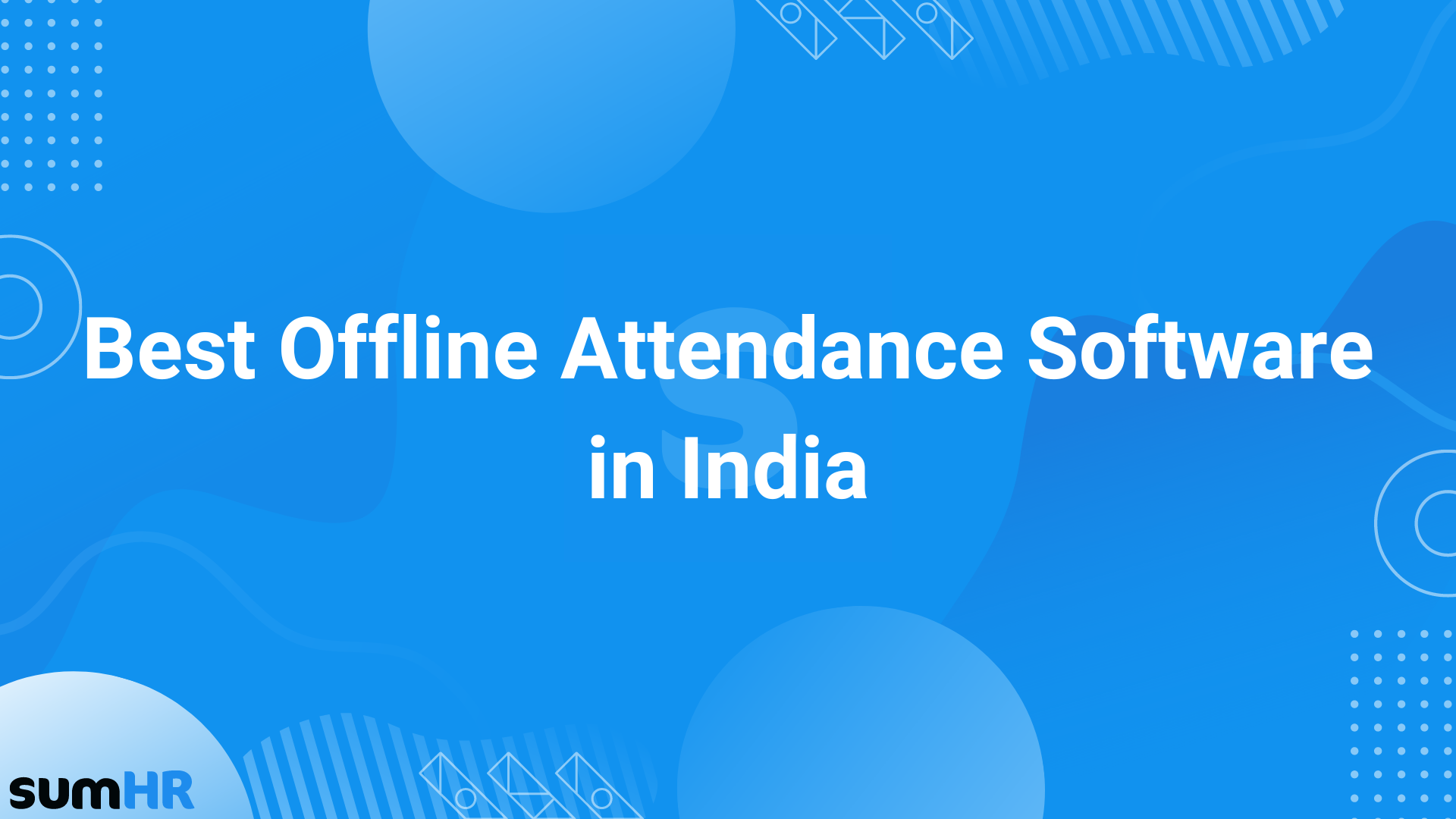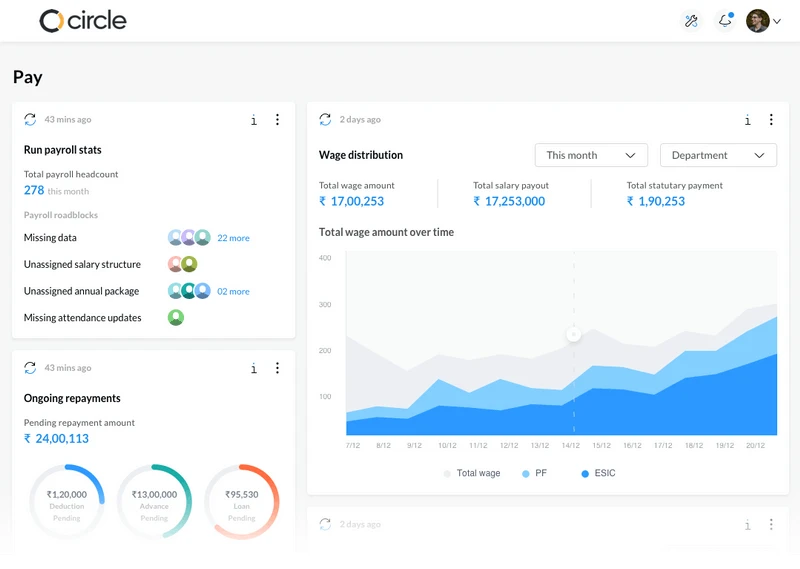Paternity leave has become a hot topic lately. Many companies now offer employees some form of paid time off after having children. New parents find this news great as they want to spend quality time bonding with their babies.
Paternity leave is becoming more common across the globe. Companies realise that taking care of new families is important. They also realise that men should get equal treatment as women when it comes to family leave. While some companies offer generous benefits, others are less accommodating.
What Should You Know About Paternity Leave?
Most organisations offer female employees, especially pregnant employees, weeks of maternity leave. As per the company policies and the maternity leave law in different countries, most mothers get to spend quality time with their new babies, and fathers do not get as much time. Instead, they must take leaves from their office and experience salary cuts. This stresses new fathers as they are burdened with home and office responsibilities. A great way to reduce this stress is by allowing equal parental leaves.
During pregnancy, on their maternity leave, it is often difficult for women to manage everything alone. Therefore, when companies offer paid paternity leaves, the male employees also have a chance to support their wives and contribute to a healthy child upbringing.
Additionally, many private companies offer paternity leaves to full-time employees for paid vacation time. Private employers often provide this as perks and benefits for eligible employees.
Benefits Of Paternity Leave
Employees these days are looking for a wide variety of benefits and perks other than the basic paycheck. Attaching a health insurance plan to the job offer letter is just not enough. Private employers are now offering paid paternity leaves as a major employee perk in their joining offer. This helps them attract more talented and dedicated employees and plays a major role in recruitment. The following is how paternity leaves benefits employees and the organisation.
- Eliminates Stress
There are several inclusions and exclusions when it comes to access to paternity leave. It depends from company to company. Most multinational companies have a maternity leave policy; only the pregnant mothers for the expectant parent get weeks of paternity leaves. This does not apply to fathers or same-sex parents.
However, several progressive companies now offer the same leave for all parents. Certain federal companies also offer paternity leaves for a foster or sick child. Traditionally, employees needed to take unpaid maternity leave for a foster child. Taking unpaid paternity leaves and consequently adding to pay cuts was a big reason for stress for private sector employees.
- Paid Vacation
During most Employee Benefits Surveys, both government and private employees stated that they wished to eliminate unpaid time from their vacation time. Considering this, most human resources departments of several companies eliminated unpaid time from family vacation tours. This helps employees to maintain their hours per week.
Employees often use paternity leaves for a vacation with the family. When employees go on a tour with unpaid time, they often need to cut short their travel plans. This creates stress and tension in the employees’ homes, disrupting their mental health.
On the other hand, when companies offer paid vacation time, employees are able to go on a stress-free tour with their loved ones. This helps employees feel valued by the company as they enjoy their personal lives.
- Benefits The Companies
As per federal laws, there are several medical leave laws that companies must consider. However, there is no parental leave policy set by the government.
Companies offering additional time off to their employees often have more happy and dedicated employees. As employees constantly look for a reputed company to work with, companies also require dedicated and talented employees who work for them.
A proper alliance, which goes on for a longer term, is only possible when both parties consider what the other wants. By offering paid paternity leaves, the companies are, in a way, valuing the family of the employee. Thus, paternal leaves have several common benefits for both sides.
Tips For Scheduling Paternity Leave For Organisations
When an organisation is set to introduce paternity leave within the company, one of the major factors is managing the paternity leave’s structure. The biggest question that arises here is – “What if all employees demand paternity leave together?”
If something like this happens, it shall become very difficult for the company’s human resource management to manage this chaotic transition. Therefore, HR managers need to establish a proper leave and approval structure before moving ahead.
If the company is new to this structure and concept of paternity leave, a proper flow of trials and plans is necessary before announcing any update on a policy change. This is because human resource management must understand the process completely before announcing it to employees to reduce complications, errors, and legal cases.
In addition, the HR managers must be in a position to cater to all the doubts and questions the employers might have. This is only possible if human resource management creates a proper structure and code of guidelines.
Here are certain things that every company must keep in mind while announcing paternity leaves.
- Inclusions And Exclusions
It is important to understand what paternity leave includes. For instance, companies offer paid leaves to sick employees, apart from paternity. For sick leaves, it is also important for the company to be in touch with the healthcare provider to understand the gravity of the sickness. This must be made clear to the employees so they have no confusion and can use their leaves properly.
In addition, most employees use paternity leaves for their children or family vacation time. Here, it is important to establish whether or not the company is allowing paid paternity leaves for these situations.
Further details that the company must keep in mind are about including adoptive parents and short-term disabilities, to include within the paternity leaves. In addition, conducting an employee benefits survey within the company can help human resource management get a better insight into what the employees want. For instance, setting up a disability insurance program can help employees with short-term disabilities.
- Company Budget
Budget is an important factor to consider when a company is offering any new policy. For instance, when a company is offering paid paternity leaves, there is also an understanding that they require someone else to continue with the employee on leave. In such a situation, companies often estimate the approximate number of people taking leave at one time.
Keeping this in mind, the company might need to increase the number of employees to ensure that the work is not affected. This increases the overall budget of the company. At the same time, human resource management plans to incorporate several changes at once. For instance, when offering a paid family tour along with paternity leave, they must estimate the budget accordingly.
- Approval Process
What about the approval process for paternity leave? The HR managers must be trained to allow or cancel paternity leaves based on the reasons. For instance, companies can opt to establish 12 months for newly joined employees before they are entitled to paternity leave.
When we talk of the approval process, the human resources department must also consider the time duration, that is, the weeks of paternity leave an employee wants. In addition, they must understand the types of employee leave before issuing one. If the reason for the demand for paternity leave is not included in the guidelines, the HR managers can only allow unpaid paternity leave.
Wrapping Up
Paid paternity leave is a boon for eligible workers as this is a way to appreciate their work. Companies with several perks often find it easier to retain qualified employees to continue working for the company. This might not affect remote sector employees or self-employed workers greatly, but it has several benefits for employees working within the office premises. Paid paternity leave is a step closer to enhancing employee experience and establishing a healthy and happy workplace.
The human resource management of a company contributes significantly towards the overall growth and success of the company. To enhance your organisation’s HR managers’ skills, or to invest in smart HR-related software for an easy work process, check out sumHR today.








